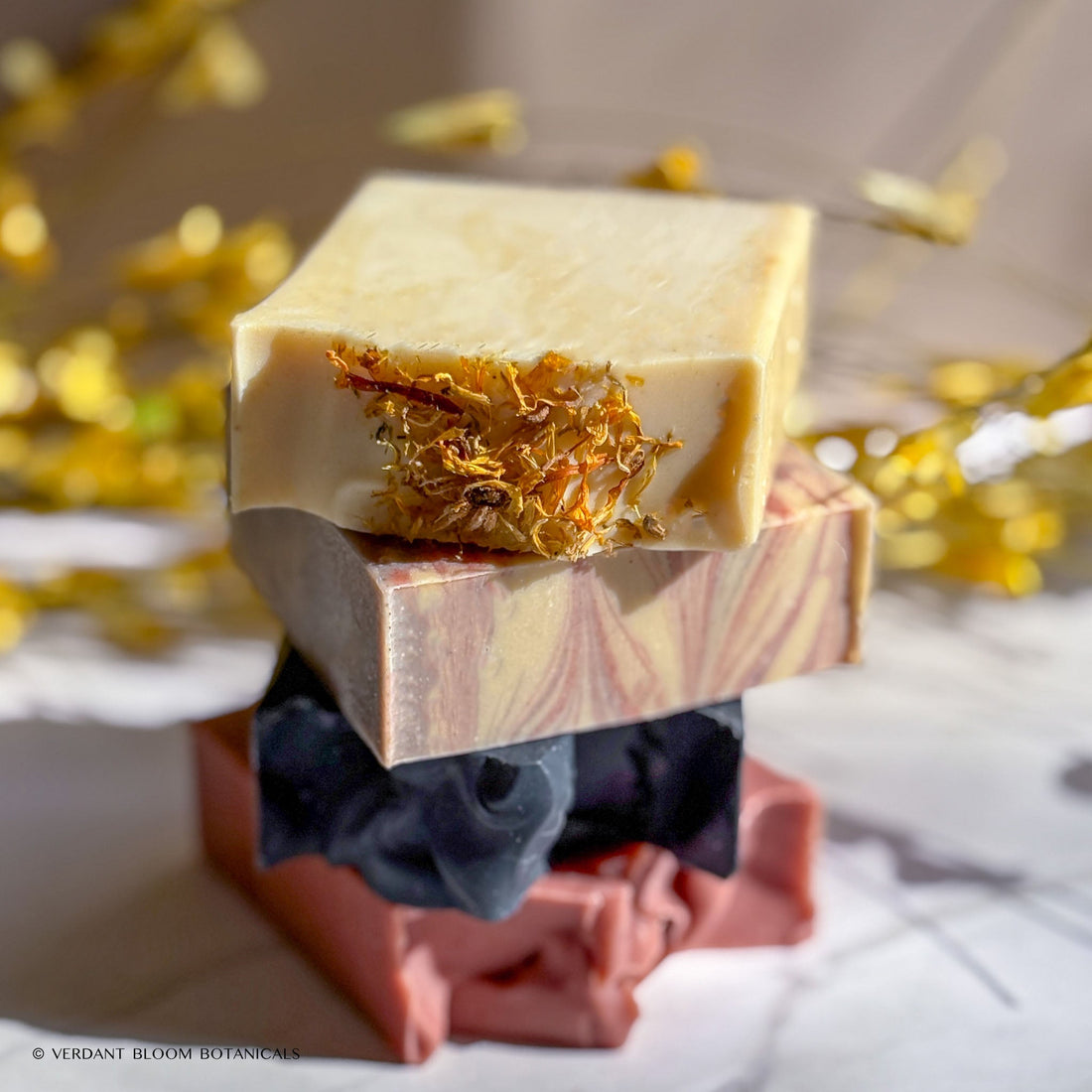
Just Starting Out in Soapmaking? Here's What You Need to Know
Share
Getting Started with Soap Making: A Beginner's Guide
Welcome to the wonderful world of soapmaking—where creativity meets chemistry and every bar tells a story. Whether you're curious about crafting your own soap or ready to roll up your sleeves and dive in, you're in the right spot. This soapmaking guide will walk you through everything you need to know to get started, from the basics to your very first homemade batch. Let’s make something beautiful (and useful) together!
Understanding the Basics of Soap Making
Soapmaking might sound a little technical at first, but don’t let that scare you off. The main process is called saponification—it just means mixing lye with oils or fats to create soap and glycerin. It’s a simple chemical reaction, and with the right instructions (which I’ll walk you through step by step), you’ll be surprised at how doable it really is—even for beginners!
Let's Talk a Bit More about Saponification
Saponification is the chemical reaction at the heart of soapmaking. It happens when you mix an alkali—usually sodium hydroxide (for bar soap) or potassium hydroxide (for liquid soap)—with fats or oils. These oils are made up of triglycerides, which are molecules containing glycerin and fatty acids. When the lye (alkali) breaks apart these molecules, the fatty acids react with the lye to form soap, and the glycerin is released as a natural byproduct. This is why handmade soaps often feel more moisturizing—they still contain all that skin-loving glycerin!
The reaction needs the right balance of ingredients to fully turn all the lye and oils into soap. If there's too much lye, the soap can be harsh; if there's too much oil, the soap may feel soft or oily. That’s why using a digital scale and following a tested recipe is so important when you're soapmaking.
The mixture goes through a stage called “trace,” when it thickens like pudding—this means the oils and lye have started to bond. From there, the soap is poured into molds and, in cold process soapmaking, it cures for 4–6 weeks while the saponification fully finishes and the soap hardens.
Key Ingredients for Soapmaking:
Lye (also called Sodium Hydroxide or Potassium Hydroxide):
This is the key ingredient that turns oils into soap. It’s a strong substance, so you’ll need to handle it carefully—always wear gloves and safety goggles when using it.
Oils and Fats:
These are what make up the base of your soap. Common choices like olive oil, coconut oil, and palm oil each bring something special, like gentle cleansing or rich lather.
Water:
You’ll mix this with the lye to help it dissolve. It’s the first step in getting your soap mixture ready.

🧼 Soapmaking Tools You’ll Need (Safety First!)

Before you jump into soapmaking, make sure you’ve got the right tools to keep things safe and successful:
Digital Scale:
Soap recipes need precise measurements. A digital scale helps you get everything just right.Heat-Resistant Containers:
You’ll need sturdy containers (like Pyrex or heavy plastic) to mix your lye and oils safely.Silicone Spatula:
Great for stirring and scraping every bit of soap out of your container.Immersion Blender:
Speeds up the mixing process and helps your soap reach “trace” (the point where it thickens).Soap Molds:
These give your bars their shape. Silicone molds are beginner-friendly and easy to use.Safety Gear:
Always wear gloves , goggles , and a respirator or mask when working with lye—it’s a powerful ingredient and needs to be handled with care.
Safety Precautions:
Soapmaking is fun and creative—but it does involve using lye, which is a strong and caustic ingredient. It can cause serious burns if not handled carefully, so keeping safety in mind is super important. Here’s how to stay safe:
Always wear gloves and safety goggles when handling lye to protect your skin and eyes.
Work in a well-ventilated area so you’re not breathing in any fumes.
Store lye safely , somewhere out of reach of kids and pets.
Follow your recipe closely , especially the safety instructions—don’t skip any steps!
With the right precautions, you’ll feel confident and ready to make soap safely.
Ready to Make your First Batch?
Soapmaking is an incredibly rewarding and creative hobby that lets you craft your own personalized, all-natural soaps. The best part? You get to make something beautiful and useful with your own hands! Just remember to keep safety top of mind, start with a simple recipe, and have fun experimenting. Before you know it, you’ll be creating gorgeous soaps to enjoy yourself or share with loved ones. The possibilities are endless—happy soapmaking!


